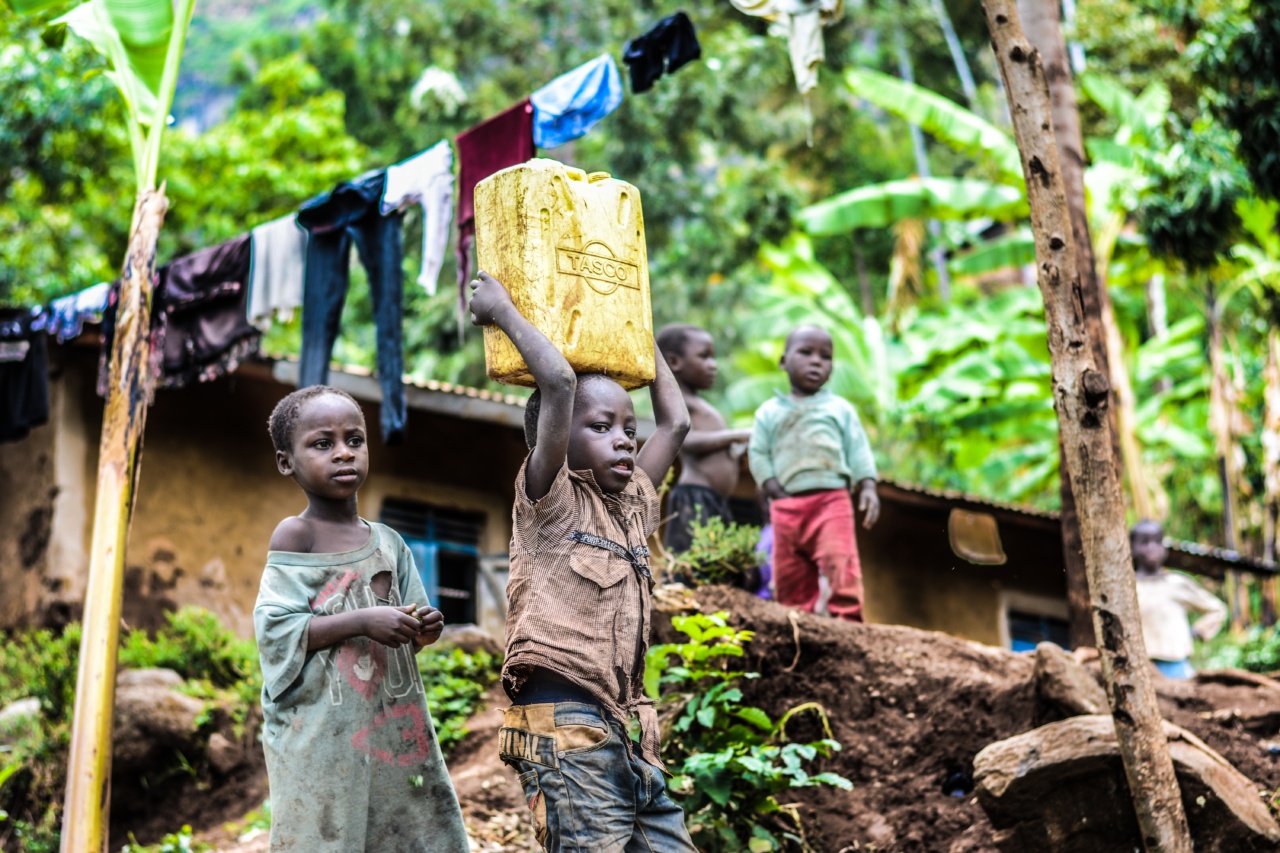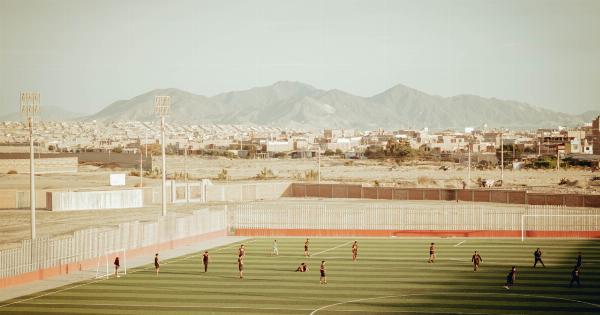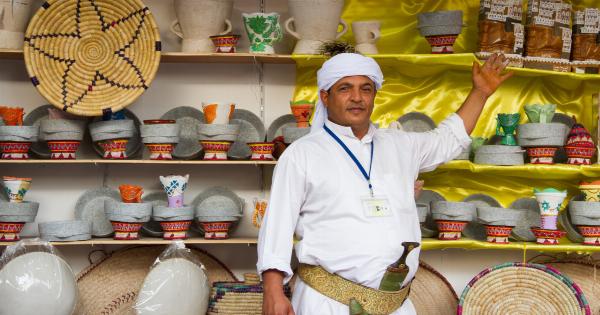Racism is an unfortunate reality in our society, one that continues to plague communities and hinder progress. While it is often assumed that children are innocent and devoid of such biases, an alarming experiment reveals that this may not be the case.
This article explores the question of whether kids can be racist and delves into the unsettling results of a specific research study.
The Nature of Racism
Racism is a deeply ingrained mindset that involves the belief in the superiority or inferiority of individuals based on their race. It includes attitudes, actions, and social structures that perpetuate discrimination and unequal treatment.
While it is widely acknowledged that racism exists among adults, less attention has been paid to the potential for racial bias in young children.
The Study: Testing Racial Bias in Children
In one groundbreaking experiment conducted by researchers at the University of Texas, children between the ages of 3 and 5 were observed for racial biases.
The study aimed to determine whether children display implicit biases even before they acquire a full understanding of the concept of race.
The experiment involved presenting children with pictures of children from different racial backgrounds and asking them to select their playmates.
The findings were concerning – a majority of the children showed a preference for playmates of their own race, indicating a biased tendency from an early age.
The Impact of Society and Environment
Children are highly influenced by their environment, including the behaviors and attitudes of the adults around them.
The study also found that children who had more diverse experiences with individuals from different races were less likely to demonstrate a racial bias.
This suggests that societal factors, such as the racial composition of the child’s social circle or exposure to diversity in media, can significantly shape their perceptions and biases.
It emphasizes the importance of fostering inclusivity and exposure to diversity from an early age as a means to combat racism.
Understanding the Origins of Bias
In order to address the issue of racism among children, it is crucial to understand how biases develop and are reinforced.
Children are not born with racial biases; instead, these biases are learned through socialization and exposure to their immediate environment.
Research indicates that children begin to recognize racial differences as early as six months old. By three years old, they start to categorize people according to race, and by age five, they may exhibit preferences for their own racial group.
This progression highlights the role of socialization in shaping biases at an early age.
Challenging Stereotypes and Encouraging Inclusivity
As parents, educators, and members of society, it is our collective responsibility to challenge stereotypes and promote inclusivity.
Children need to be exposed to positive representations of different races and cultures, fostering empathy, understanding, and appreciation for diversity.
By providing children with books, toys, and media that showcase diversity, we can help them develop a more inclusive worldview.
Additionally, creating opportunities for children to interact with individuals from different backgrounds can also play a crucial role in dismantling racial biases.
The Importance of Education
Education is a powerful tool in combating racism. By incorporating anti-racist education into the school curriculum, we can provide students with a broader understanding of the history of race and the consequences of racism.
This education should emphasize the importance of equality, justice, and empathy.
Teachers play a pivotal role in addressing racial biases among children. They should actively engage in conversations about race and teach students to recognize and challenge their biases.
A supportive and inclusive school environment can greatly contribute to creating a generation of individuals who are more aware and committed to combating racism.
Nurturing Honest Conversations
Open and honest conversations about race and racism are essential for combating biases among children. Parents, caregivers, and educators should create a safe space where children feel comfortable discussing these topics.
By answering their questions honestly and promoting critical thinking, we can help children develop a more nuanced understanding of race.
Conclusion
The alarming findings of the experiment conducted by the University of Texas shed light on the potential for racial bias among young children.
It is imperative that we acknowledge and address this issue by actively challenging stereotypes, promoting inclusivity, and engaging in education about race and racism.
Children are not immune to the influences of society, and it is through nurturing environments, diverse experiences, and open conversations that we can work towards raising a more tolerant and inclusive generation.






























